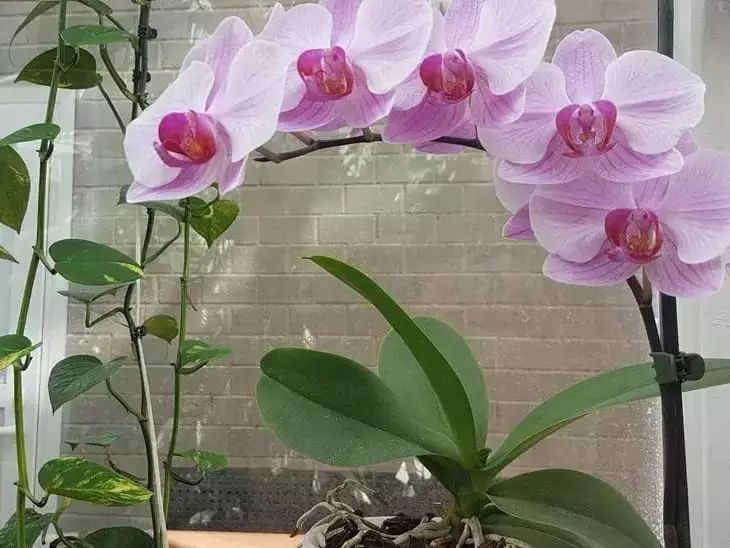Why do orchid leaves dry out: mistakes made by most housewives
Let's find out why orchid leaves dry up. Perhaps these are problems with the roots, dying off of old diseased leaves, improper watering, improper care and poor maintenance of orchids, pests and diseases of the flower.
To find out the exact cause, you need to carefully examine the plant and check the condition of the substrate and roots.
Depending on the cause, you can take different measures: change the watering and feeding regime, transplant the orchid into a new substrate and pot, treat the plant for pests or diseases, remove damaged leaves or roots.
For prevention, it is necessary to maintain optimal conditions for keeping the orchid: temperature, lighting, humidity, aeration and cleanliness.
How to change the watering mode
The orchid watering regime depends on many factors: the type of orchid, the composition of the substrate, the temperature and humidity of the air, the season of the year, etc. In general, the orchid should be watered when the substrate is almost or completely dry.

You can use different methods to check: look at the color of the roots, lift the pot and estimate its weight, or do a finger test.
For watering, you need to use settled or filtered water at room temperature or slightly higher.
Watering methods can be different: through shower heads, by immersion, from above.
After watering, allow excess water to drain and remove it from the leaves. The frequency of watering can vary from two to three times a month in winter to two to three times a week in summer and during flowering.
